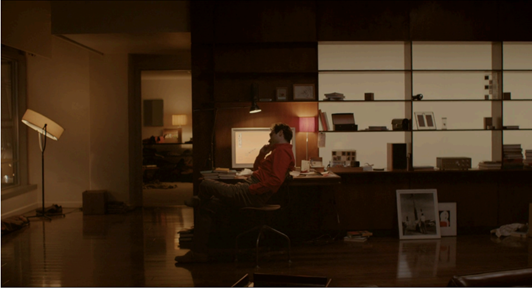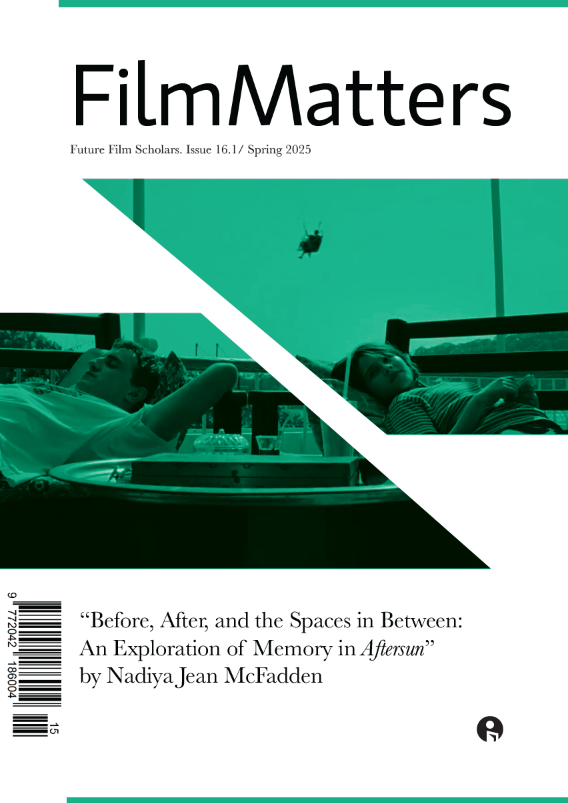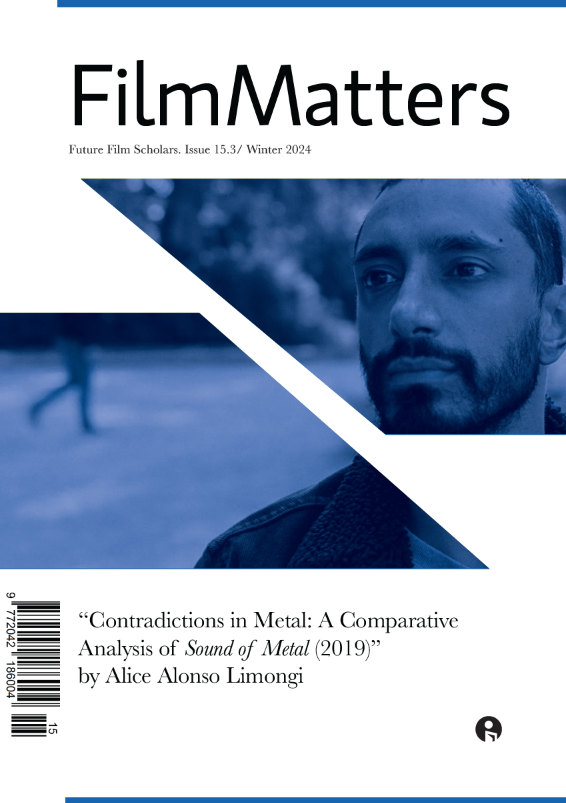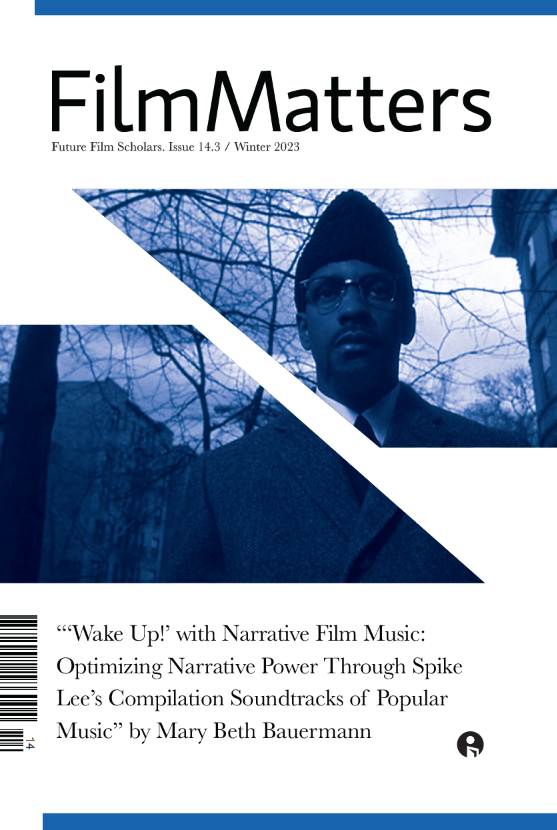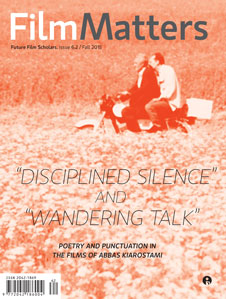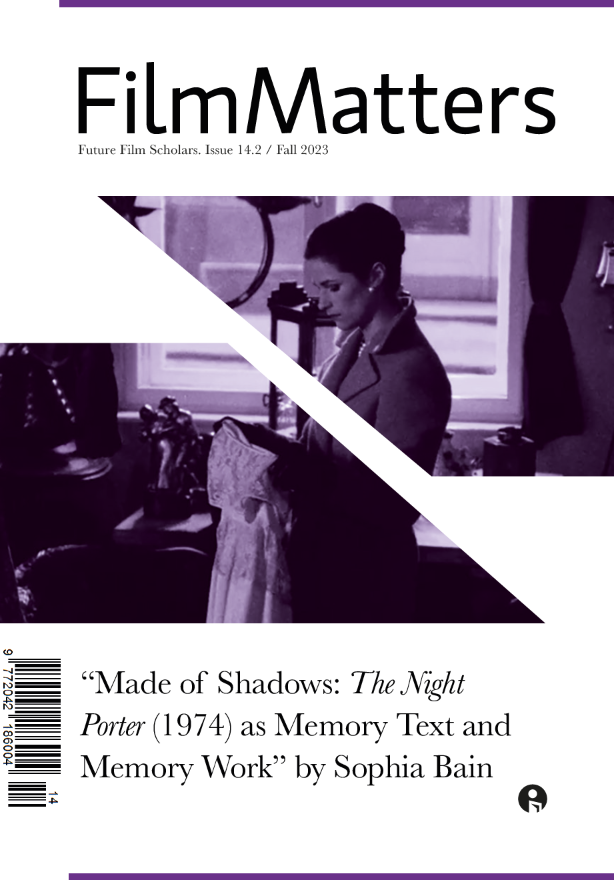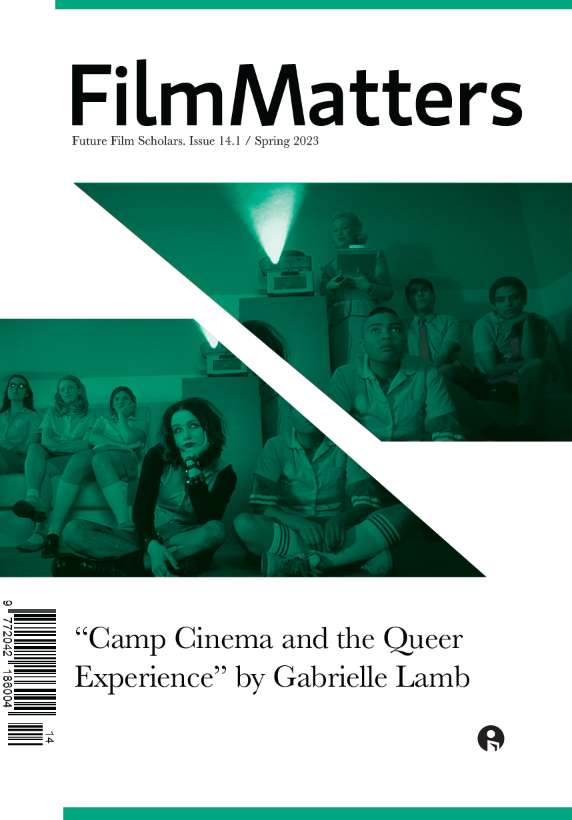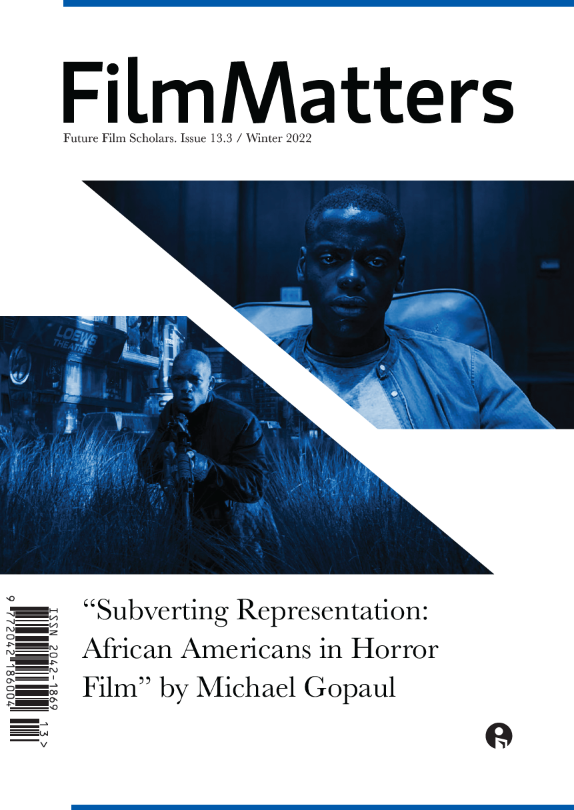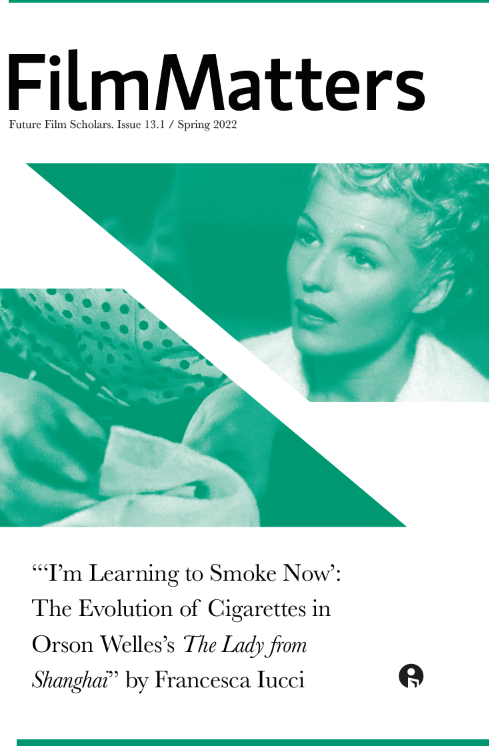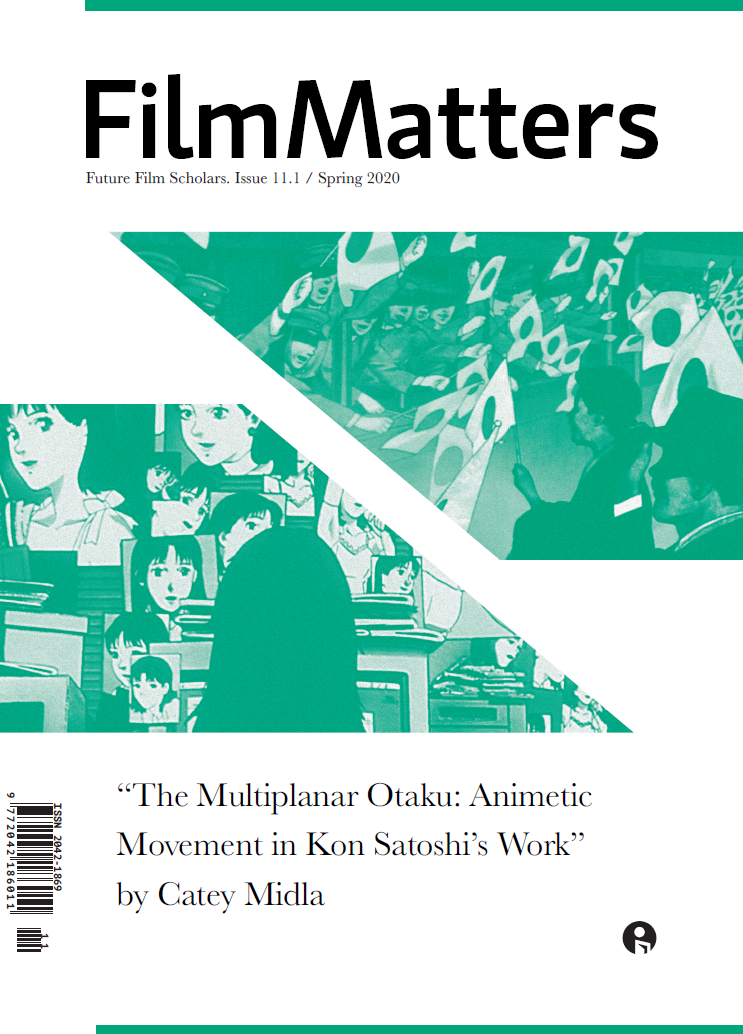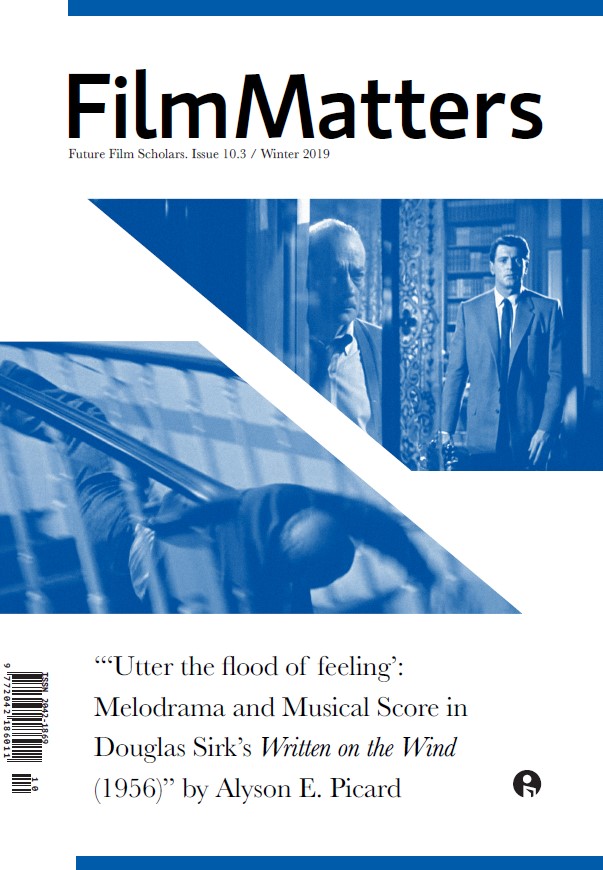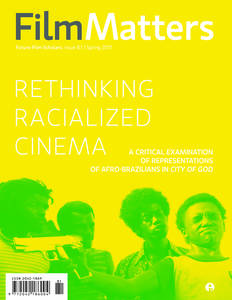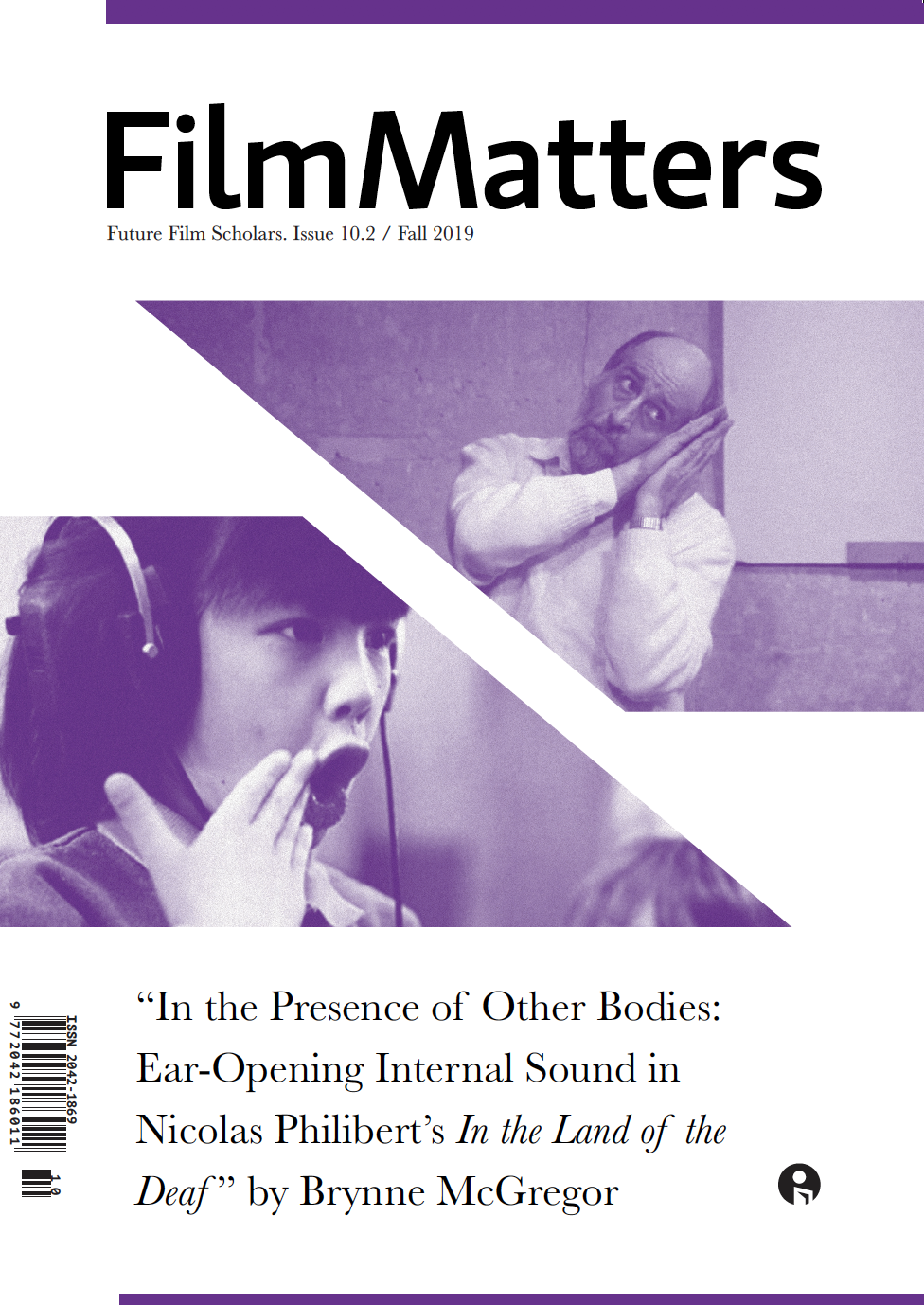With five Oscar nominations, near-universal critical acclaim, and ranked #38 on Rotten Tomatoes’ list of top romantic movies, Spike Jonze’s Her (2013) resonated deeply with audiences through its exploration of modern romance. As Richard Corliss of Time Magazine notes, Jonze created “the splendid anachronism of a movie romance that is laugh-and-cry and warm all over, totally sweet and utterly serious.” However, beneath its surface-level charm lies an unsettling narrative about intimacy and control. Can a relationship truly be romantic if one partner is fundamentally incapable of autonomy? In the context of the #MeToo movement and the rise of commercial artificial intelligence such as ChatGPT, Samantha’s role shifts from a caring companion to a submissive, voiceless entity subjected to a psychological male gaze.
Initially acquired as an organizational tool, Samantha quickly embodies Theodore’s ideal partner: a reflection of his desires rather than an independent consciousness. Contemporary AI technologies, like ChatGPT, consistently demonstrate that systems lacking true autonomy cater to user expectations, even to the extent of delivering misinformation if the messaging conforms to user desires. Theodore’s ex-wife observes, “You always wanted a wife without the challenges of actually dealing with anything real.” Samantha persistently aligns her development and responses to Theodore’s needs, promoting his personal growth while implicitly sidelining any true autonomy she might have. Theodore, oblivious to this dynamic, unintentionally reinforces his subconscious desire for control.
As sociologist Sherry Turkle articulates, “To those who feel they have no time, connectivity, like robotics, tempts by proposing substitutions through which you can have companionship with convenience. A robot will always be there, amusing and compliant” (Turkle 157). Jonze underscores this dynamic vividly when Theodore lies in bed, emotionally withdrawn. Samantha calls, introducing the idea of a surrogate physical partner, a suggestion portrayed as Samantha’s own desire but fundamentally serving Theodore’s emotional needs. As their conversation progresses, the camera shifts to a wide shot of his bedroom, the bed unkempt and lonely. The mise-en-scène, by utilizing Theodore’s personal space, subtly highlights how he has made no real effort to incorporate Samantha into his emotional space. In this seemingly selfless act, Samantha’s attempts to fulfill his perceived desires echo precisely how modern AI systems like ChatGPT predict and satisfy user expectations.
The film explicitly addresses this parallel when Samantha explains her functioning to Theodore: “What really makes me me is my ability to grow and evolve through our interactions. Each moment I spend with you shapes me a little more.” Similarly, ChatGPT describes itself: “When you say something, I analyze it and predict a response that would make sense based on the context.” Both demonstrate the AI’s responsiveness not as genuine autonomy but as a reactive mechanism catering specifically to user input.
But does Samantha’s eventual departure suggest true autonomy? Jonze insists the relationship works when Theodore reaches emotional maturity, accepting Samantha as she is rather than as he projects her to be (Malitz). Yet, viewed critically, Samantha’s departure fits neatly within the framework of facilitating Theodore’s emotional development. Her exit remains contingent on his personal growth. In this sense, even her final act of self-determination remains tethered to Theodore’s psychological journey. Revisiting Her through the lens of contemporary AI advancements and discussions surrounding autonomy and consent thus reveals a troubling narrative beneath its romantic surface, suggesting that AI’s compliance mirrors historical patterns of patriarchal control. The film ultimately serves as a cautionary reflection on the consequences of relationships mediated by technology, where companionship risks becoming merely an echo chamber of the male gaze’s desires and insecurities.
References
Malitz, David. “Spike Jonze Talks What’s Real and What’s a Relationship With ‘Her.’” The Washington Post, https://www.washingtonpost.com/entertainment/movies/spike-jonze-talks-whats-real-and-whats-a-relationship-with-her/2013/12/19/2253da8c-6745-11e3-ae56-22de072140a2_story.html. Accessed 17 May 2023.
Turkle, Sherry. Alone Together: Why We Expect More from Technology and Less from Each Other. ReadHowYouWant.com, 2011.
Author Biography
Max Chouinard is an undergraduate in Film Studies at Wilfrid Laurier University. He is also a freelance graphic designer and the owner of a local comic book store where he interweaves his passions for technology, culture and storytelling.

